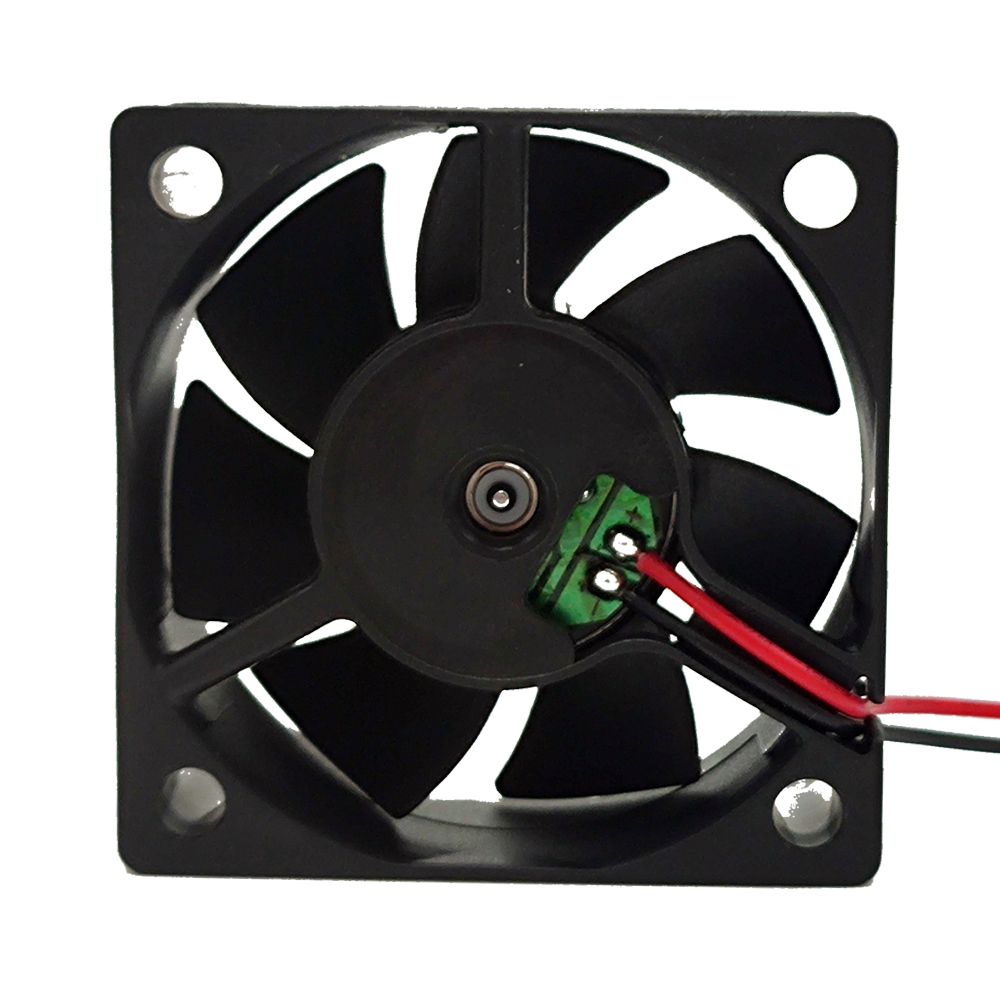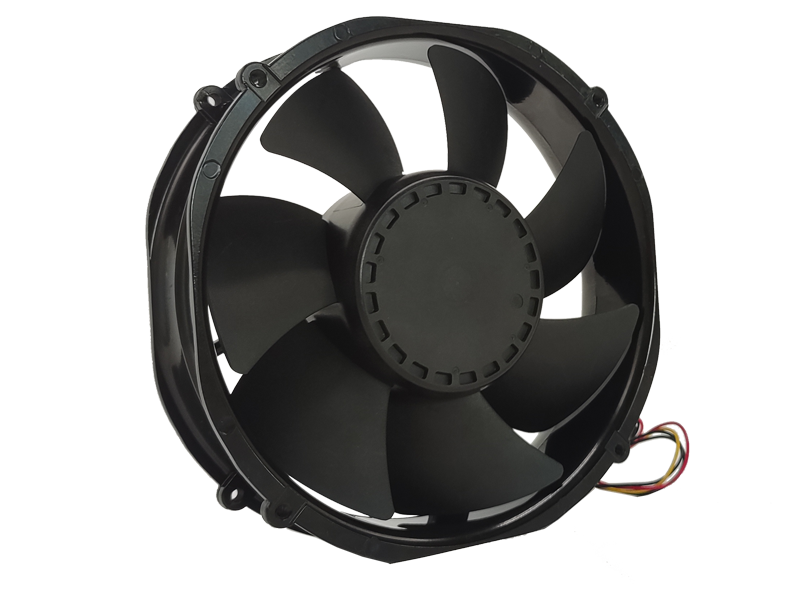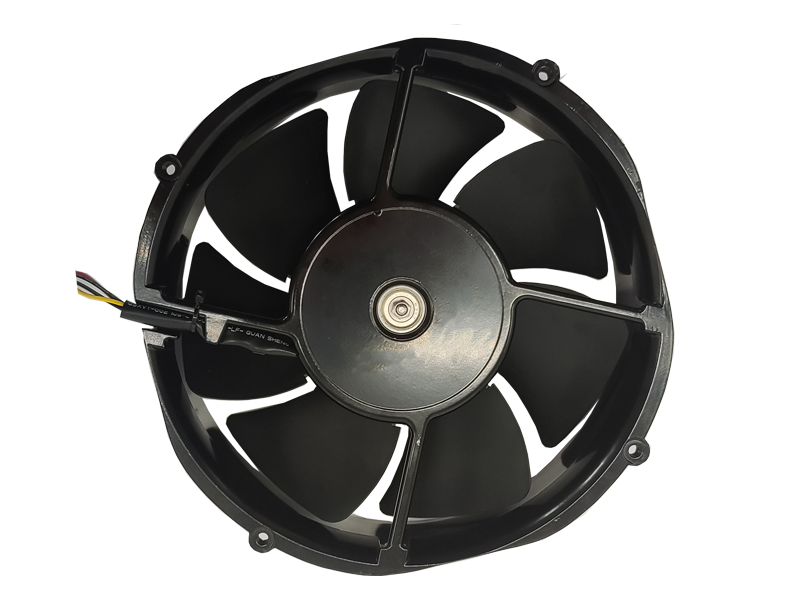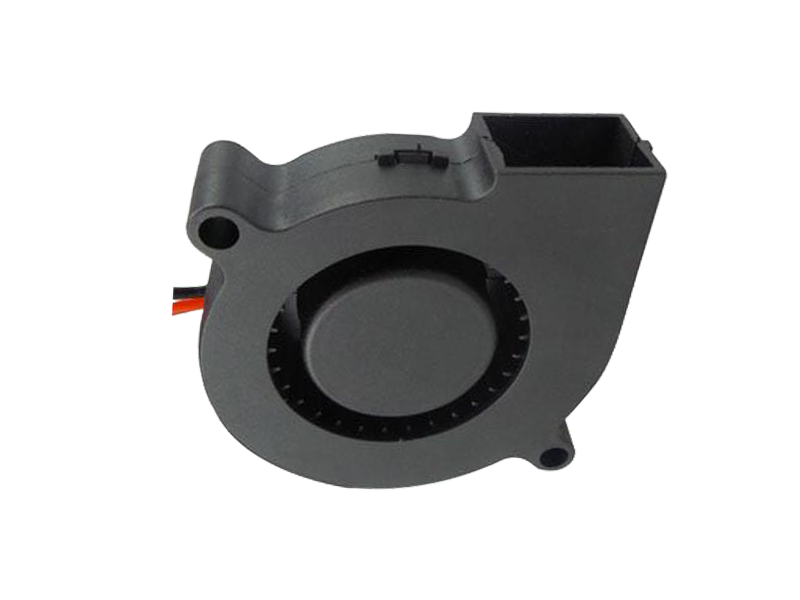Industrial fans are engineered devices designed to manage airflow in various industrial settings. Their performance directly affects productivity, equipment longevity, and worker comfort. This article explores the engineering aspects of industrial fans, their applications, design considerations, and future trends from a product-focused perspective.
Engineering Fundamentals
1. Fan Design and Aerodynamics
The design of industrial fans is rooted in aerodynamics, necessitating careful consideration of several key factors to optimize performance.
Blade Geometry: The shape and angle of the blades significantly influence airflow and pressure characteristics. For instance, forward-curved blades are typically more efficient at moving air at lower pressures, while backward-curved blades excel in high-pressure situations.
Hub Design: The hub, which connects the blades to the motor, should be designed to minimize airflow disruption. A well-designed hub reduces turbulence and enhances overall efficiency.
2. Motor Selection
The motor is a critical component that influences the performance and efficiency of industrial fans.
Motor Types: Industrial fans commonly utilize AC or DC motors, each with distinct advantages. AC motors are robust and suited for continuous operation, while DC motors provide better speed control and efficiency.

Variable Speed Drives (VSDs): Implementing VSDs allows for precise control of fan speed, enabling better adaptation to varying airflow requirements and significantly reducing energy consumption.
Applications of Industrial Fans
1. Manufacturing
In manufacturing environments, industrial fans are essential for maintaining controlled conditions.
Cooling and Ventilation: Fans are crucial for cooling machinery and workers, ensuring optimal operating conditions. Proper ventilation is vital for air quality and the removal of harmful fumes.
2. Agriculture
Industrial fans have significant applications in agriculture, particularly in livestock housing and crop drying.
Climate Control: In livestock facilities, fans help regulate temperature and humidity, improving animal welfare. In crop drying, they enhance airflow, reducing moisture content and preventing spoilage.
3. HVAC Systems
Within HVAC systems, industrial fans play a vital role in air distribution.
Airflow Regulation: Fans regulate airflow throughout buildings, ensuring consistent temperature and humidity levels. They are critical in both heating and cooling systems, enhancing overall energy efficiency.
Design Considerations
1. System Compatibility
Compatibility with existing systems is paramount when selecting an industrial fan.
Ductwork Integration: Ensure that the fan integrates seamlessly with existing ductwork and ventilation systems. Mismatched fans can lead to inefficiencies and increased operational costs.
2. Noise Control
Noise levels are an important consideration in industrial settings.
Acoustic Design: Engineers should consider sound-dampening materials and design elements to minimize noise emissions. Selecting low-noise fan options can improve the workplace environment significantly.
3. Safety Features
Safety is critical in industrial fan design.
Emergency Mechanisms: Implementing emergency shutoff systems and thermal protection can prevent accidents and equipment damage, ensuring the safety of personnel and machinery.
Future Trends in Industrial Fans
1. Energy Efficiency and Sustainability
The emphasis on sustainability is driving innovation in industrial fan technology.
Eco-Friendly Solutions: Manufacturers are increasingly focusing on eco-friendly materials and production processes. Energy-efficient designs not only reduce operating costs but also align with environmental regulations.
2. Smart Technology Integration
The integration of smart technology is revolutionizing the industrial fan landscape.
IoT Connectivity: Smart fans equipped with IoT sensors can monitor performance metrics and environmental conditions in real time, allowing for proactive maintenance and operational optimization.
3. Advanced Materials
The use of advanced materials is enhancing the performance and durability of industrial fans.
Composite Materials: Manufacturers are exploring the use of composite materials that provide strength, lightweight properties, and corrosion resistance. These innovations extend the lifespan of fans and reduce maintenance needs.
Conclusion
Industrial fans are integral to effective airflow management across various sectors, from manufacturing to agriculture. By understanding the engineering principles behind fan design, their applications, and future trends, businesses can make informed decisions when selecting the right fan for their needs. As the industry moves toward greater energy efficiency, smart technology, and advanced materials, industrial fans will continue to evolve, playing a pivotal role in sustainable operations.
Recommended Products

The main purpose:Car charging station

The main purpose:Car charging station

The main purpose:Electronic refrigerators, water dispensers, direct drinking machines, inverter power supplies
Address:No. 4137, Longgang Avenue (Henggang Section), Henggang Community, Henggang Street, Longgang District, Shenzhen
hotline:13530005572(Chen)15112579390(Li)


Welcome all friends to come for consultation and negotiation.
Copyright 2024 @ Shenzhen Youneng Xinyuan Electronics Co., Ltd.,(industrial fans,industrial blowers,axial fans,cooling fans manufacturer,centrifugal fans,ac cooling fans,dc cooling fans)